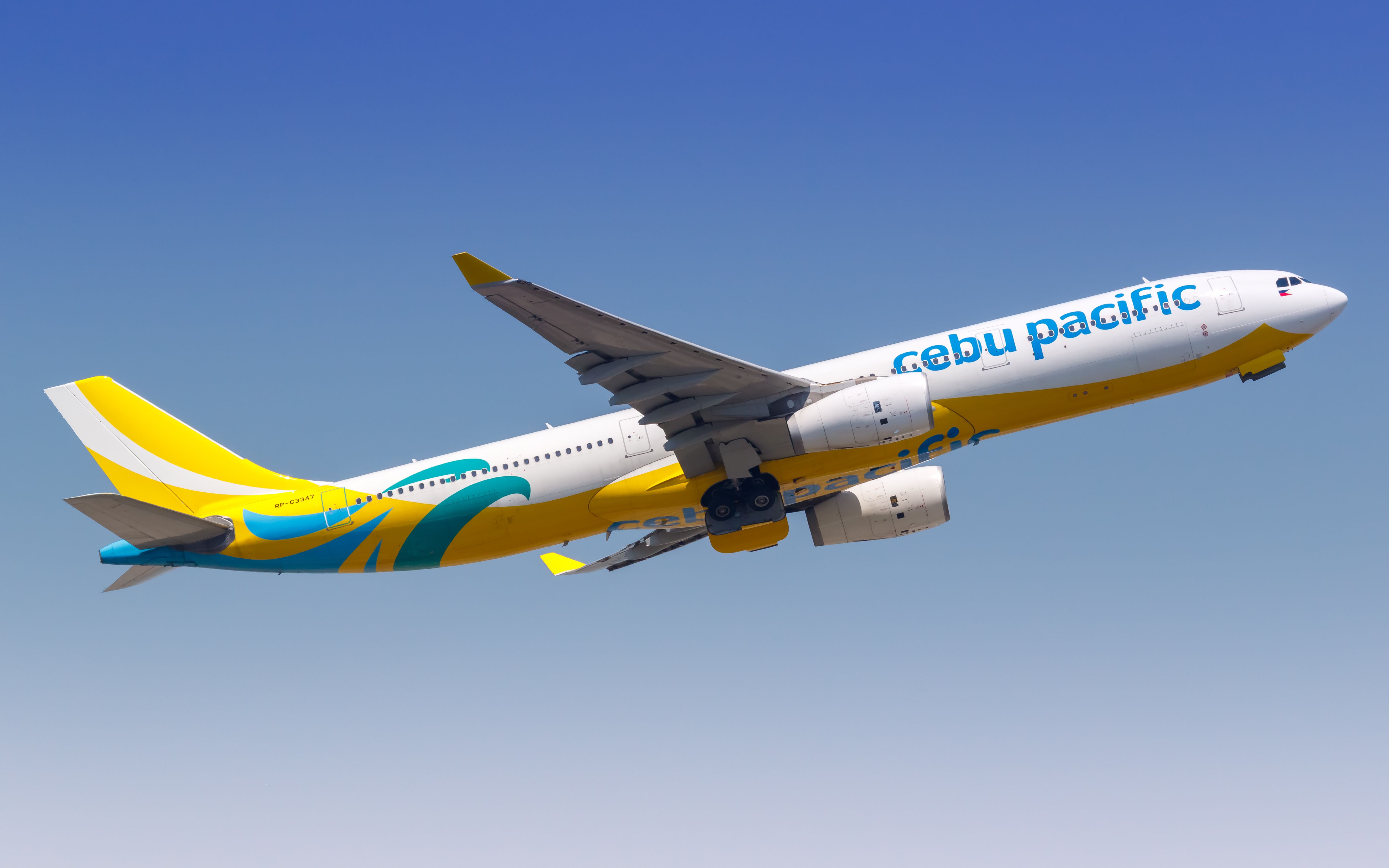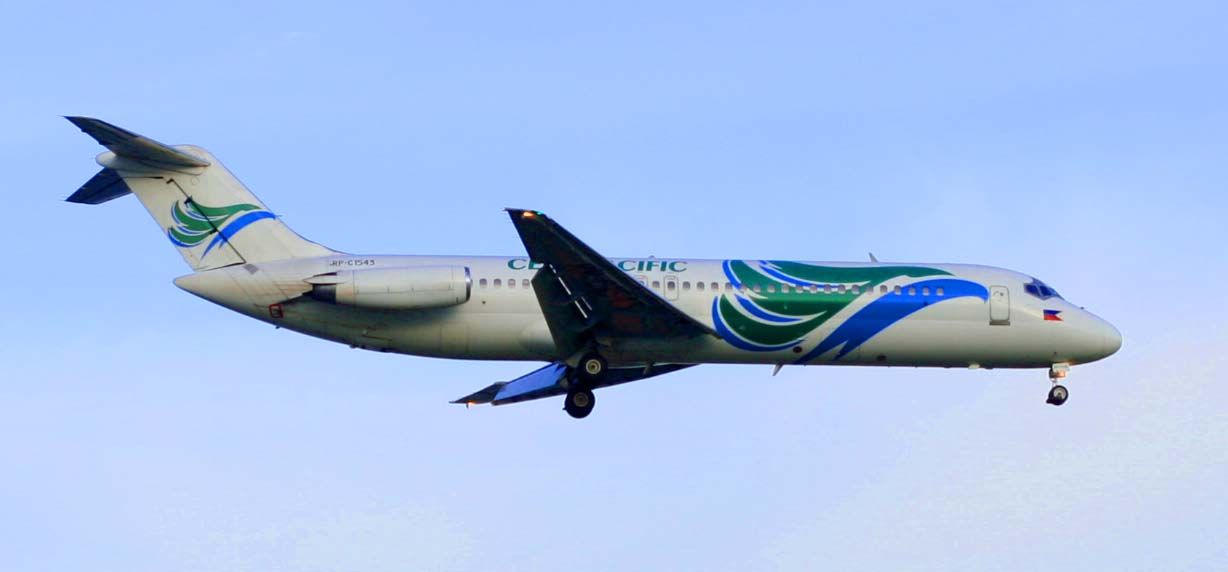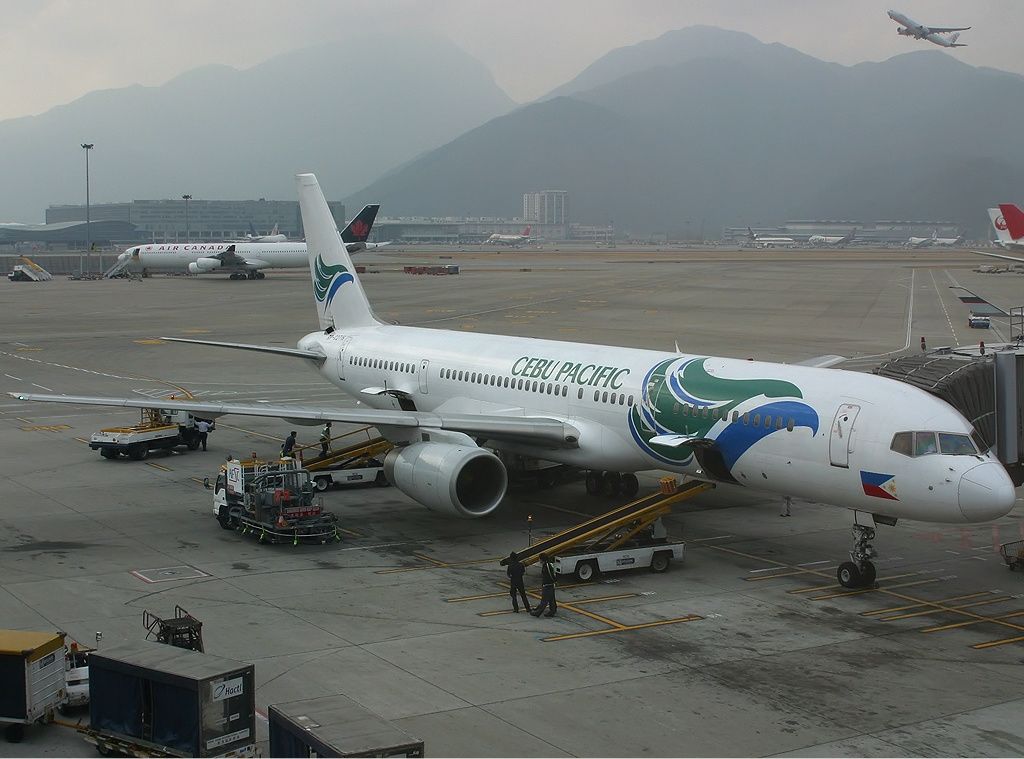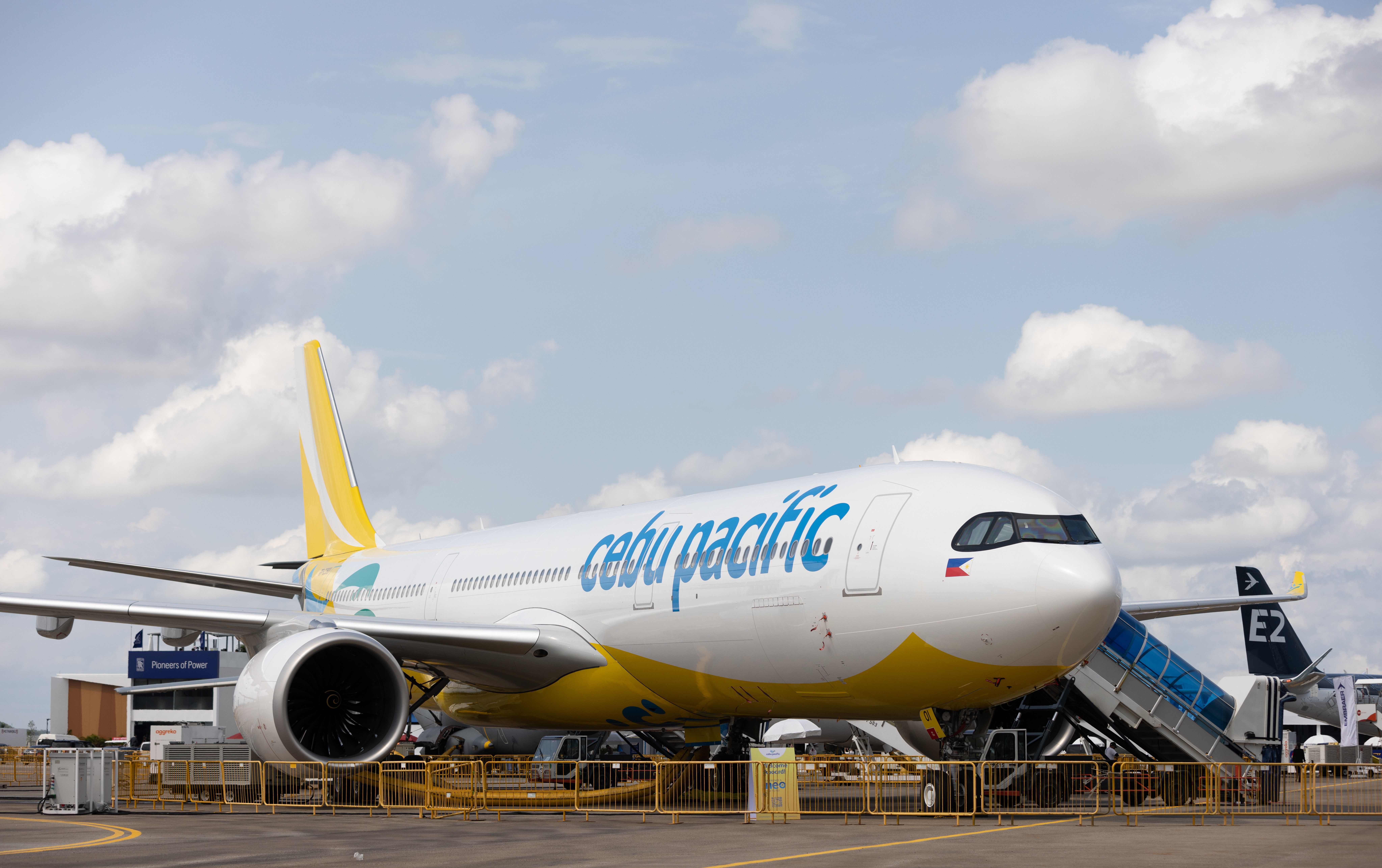Philippines-based low-cost carrier Cebu Pacific operates the country's largest domestic network. Based out of hubs in Cebu and Manila, it also flies further afield in the Asia-Pacific region, using its famous all-economy Airbus A330 widebodies. With both regional and cargo brands also present under its belt, Cebu Pacific became the largest Philippine airline by passenger numbers in 2010.
Founded in August 1988 as Cebu Air, it wasn't until almost eight years later, in March 1996, that the airline commenced operations under its present Cebu Pacific identity. Despite a temporary suspension due to a fatal accident, the airline established a sizeable domestic network in its early years. It has since been able to open various international routes, revealing a new logo and livery in 2016.
Initially a domestic carrier
Getting Cebu Pacific in the air was a lengthy process. After its foundation in August 1988, the Philippine government eventually granted it a franchise to operate air services out of Cebu three years later, in 1991. However, it was only after an acquisition by JG Summit Holdings and market deregulation by the government that the airline was able to take to the skies for the first time in 1996.
Love aviation history? Discover more of our stories here!
Cebu Pacific's early operations saw it fly around 24 domestic services daily between the Philippine metropolitan areas of Cebu, Davao, and Manila. As pictured above, its first aircraft were McDonnell Douglas DC-9s, of which it flew 19 in its first decade, according to data from ATDB.aero. However, it got off to a bit of a rocky start.
Indeed, after just two years of operations, the carrier was briefly grounded in 1998 after one of these crashed, sadly killing all 104 of its occupants. According to the Aviation Safety Network, this is the only fatal crash in Cebu Pacific's history, although it also had an ATR 72 written off after a non-fatal accident in 2010.
The international boom
By the early 21st century, Cebu Pacific's domestic network had developed to comprise 18 destinations, and the growing airline was serving these with around 80 flights a day. It was also at around this time that it became able to launch international services in the Asia-Pacific region, and the first of these took to the skies in November 2001. It connected the major Asian hubs of Manila and Hong Kong.
Get the latest aviation news straight to your inbox: Sign up for our newsletters today!
In the following years, Cebu Pacific added the likes of Seoul and Singapore to its growing international network. In October 2006, the airline became the only Philippines-based operator on the Cebu-Hong Kong route, following national carrier Philippine Airlines' withdrawal on this corridor. However, nowadays, it also faces competition from local budget airline Royal Air Philippines.
Recent history
Moving into the 2010s, that decade proved a fruitful time for Cebu Pacific. Indeed, January 2011 saw the airline celebrate carrying its 50 millionth passenger, who was traveling on a flight from Manila to Beijing. Later that year, it signed an order for the Airbus A321neo, which it has flown since 2019 and now has 12 examples of.
According to ch-aviation, it has 12 more on order, as well as 10 A321XLRs. Eleven A330-900s from the new Airbus A330neo series are also inbound, with these jets (which have 460 seats) joining five examples already in the fleet.
In 2013, Cebu Pacific began receiving high-density A330-300s. These 436-seaters have low enough operating costs that the airline can sell tickets for as little as $0.27! 2015 saw it launch a regional brand called Cebgo after it took over Tigerair Philippines. It has also launched a cargo division of this all-ATR 72 airline.
A year later, it launched its new logo and livery, which will be seen on various new Airbus jets in years to come. As far as Cebu Pacific's current network is concerned, ch-aviation's data lists it as comprising 53 destinations in 15 countries.
What do you make of Cebu Pacific? Have you ever flown with this Philippine low-cost carrier? Let us know your thoughts and experiences in the comments!
Sources: Airline-Philippines.com, ATDB.aero, Aviation Safety Network, Cebu Pacific, ch-aviation, Rappler




